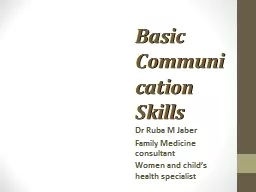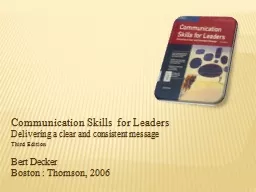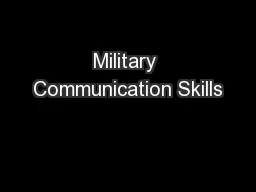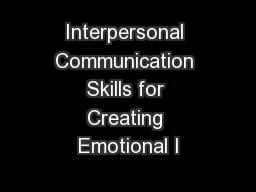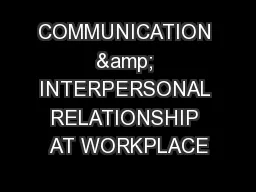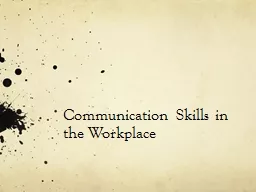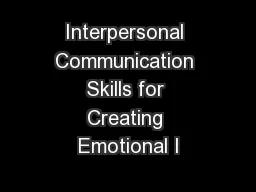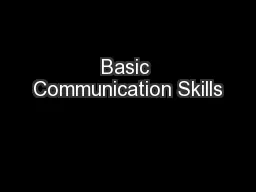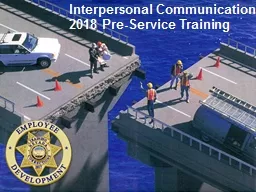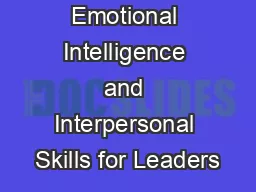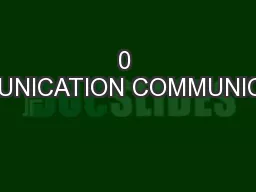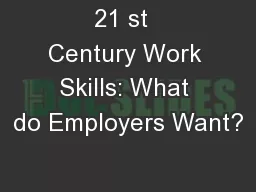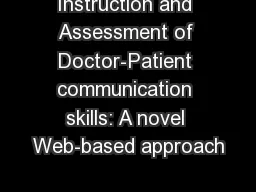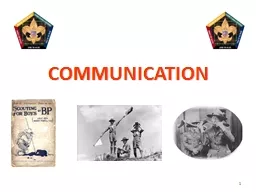PPT-Basic Communication Skills
Author : greyergy | Published Date : 2020-08-29
Dr Ruba M Jaber Family Medicine consultant Women and childs health specialist ESTABLISHING RAPPORT How do you go about Establishing Rapport Communication Meaning
Presentation Embed Code
Download Presentation
Download Presentation The PPT/PDF document "Basic Communication Skills" is the property of its rightful owner. Permission is granted to download and print the materials on this website for personal, non-commercial use only, and to display it on your personal computer provided you do not modify the materials and that you retain all copyright notices contained in the materials. By downloading content from our website, you accept the terms of this agreement.
Basic Communication Skills: Transcript
Download Rules Of Document
"Basic Communication Skills"The content belongs to its owner. You may download and print it for personal use, without modification, and keep all copyright notices. By downloading, you agree to these terms.
Related Documents

